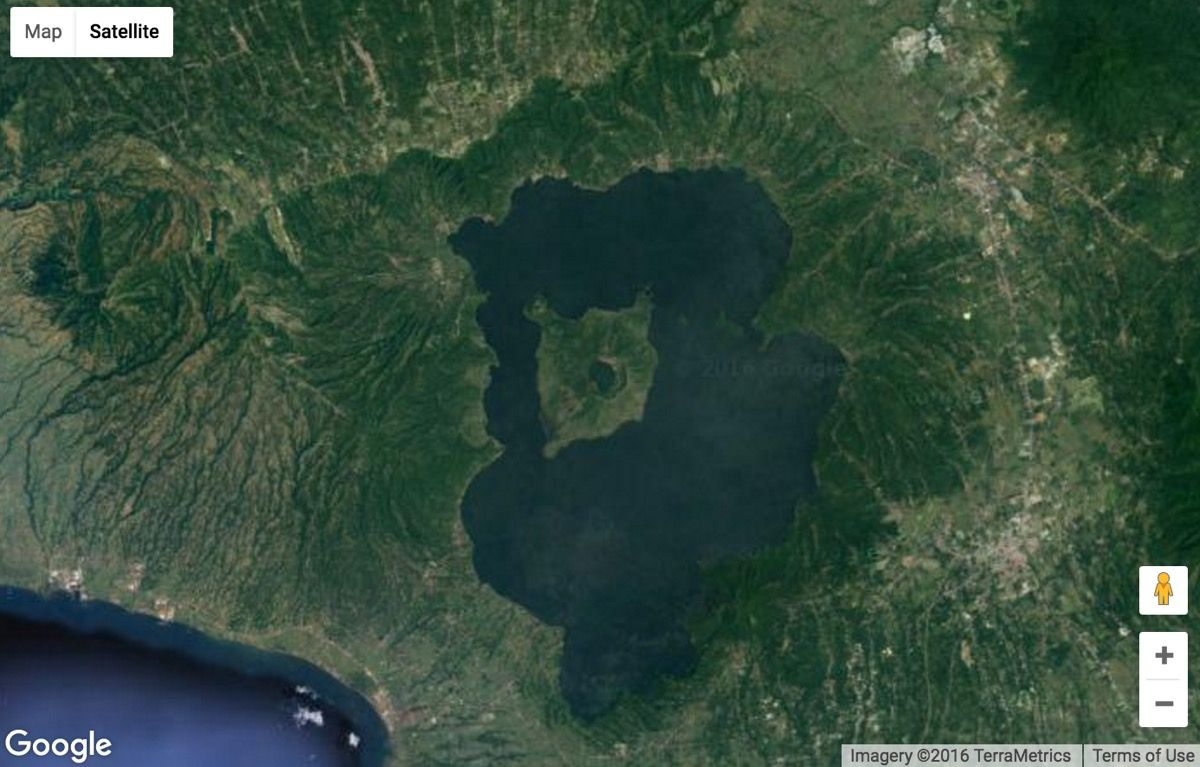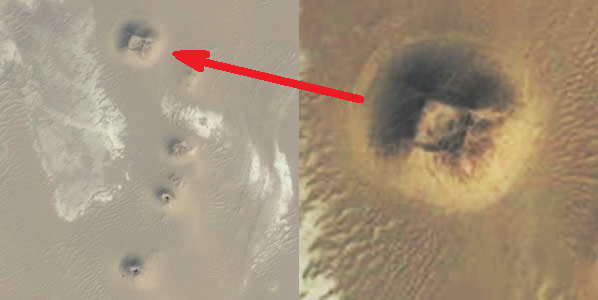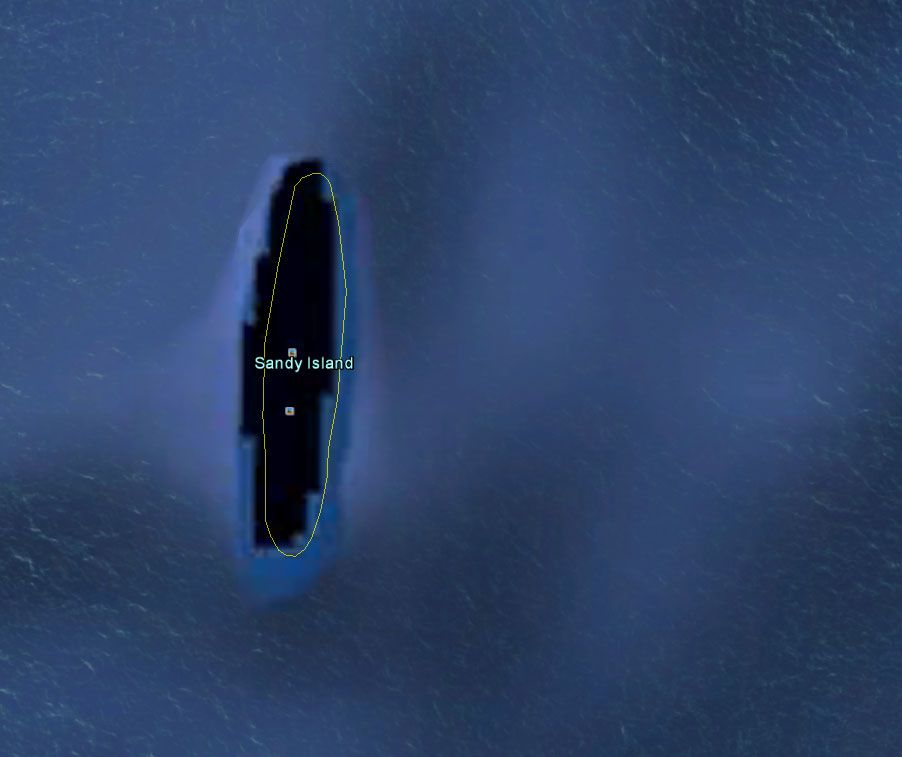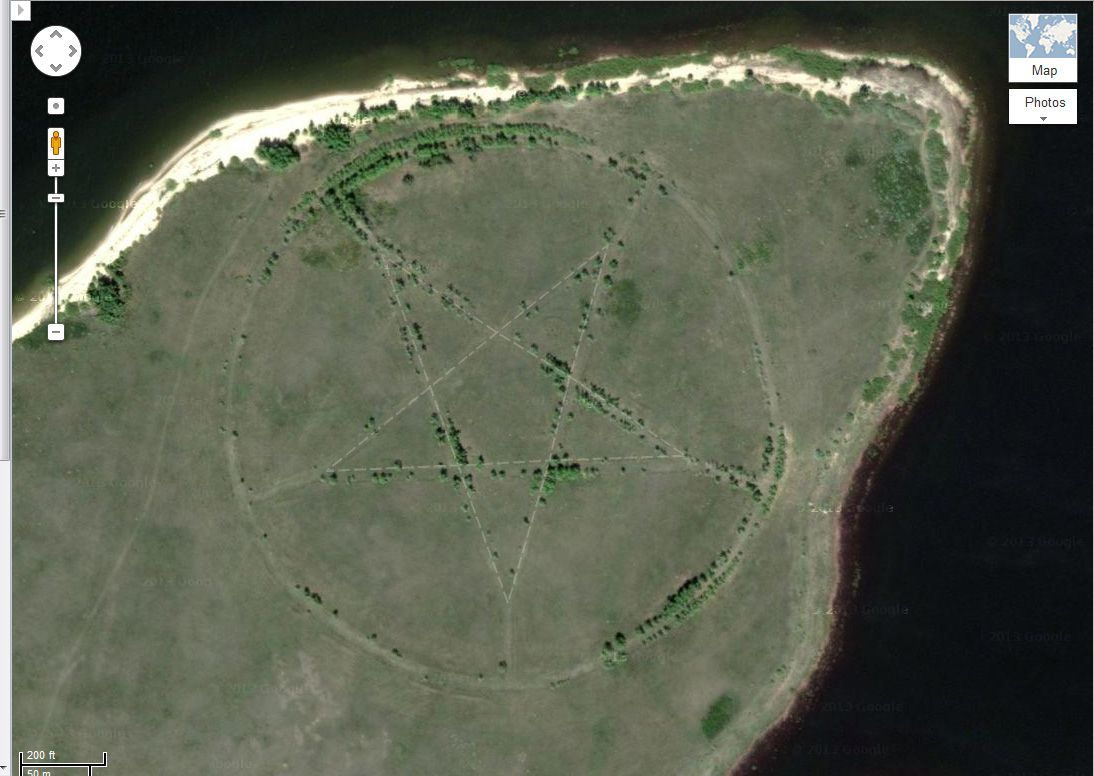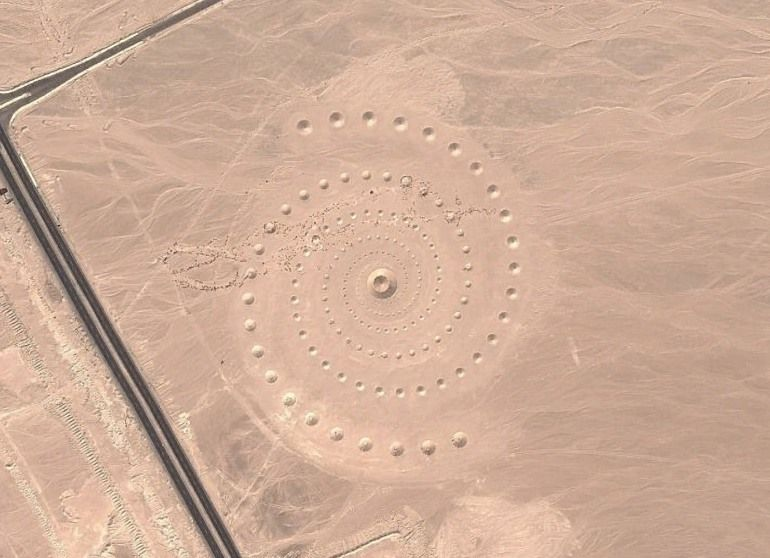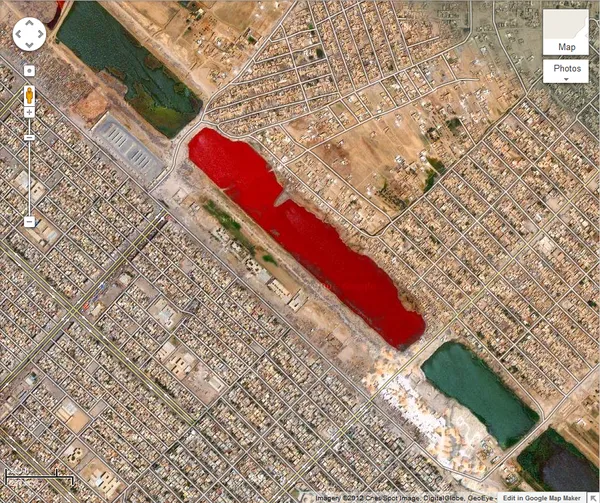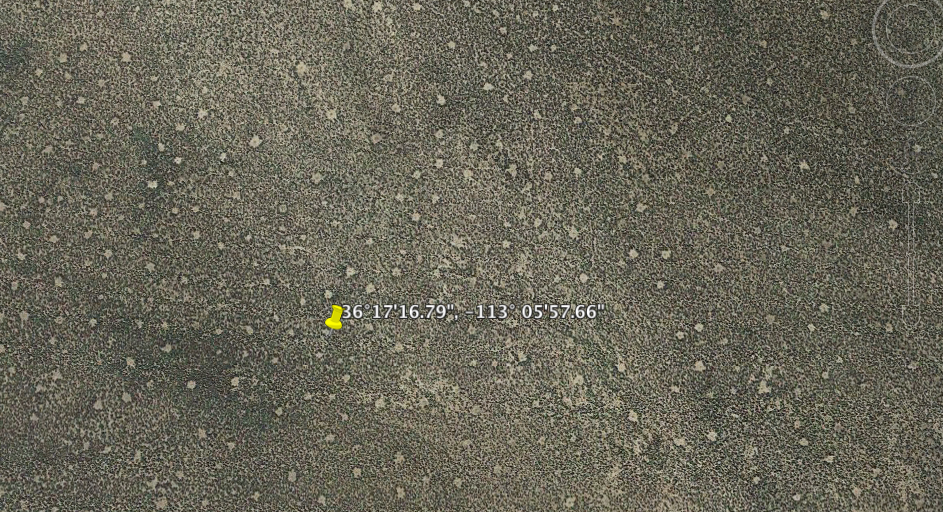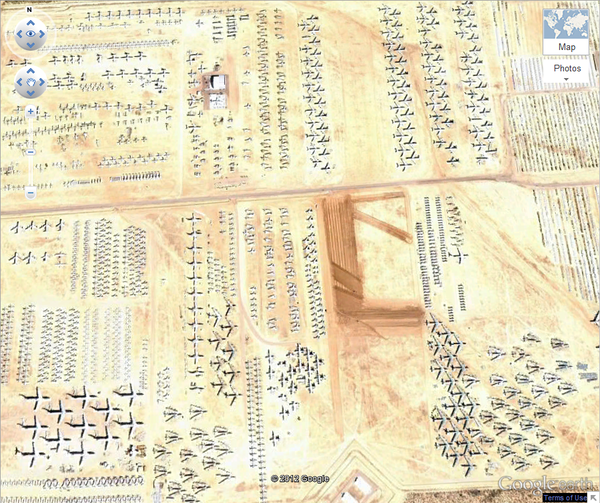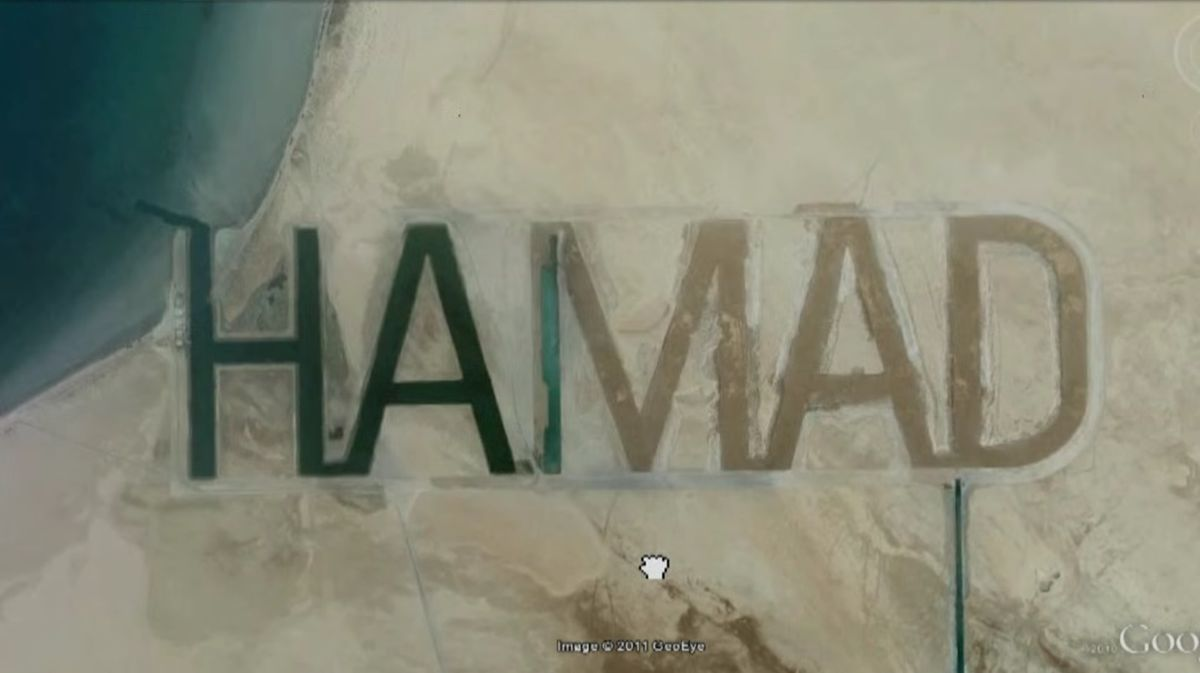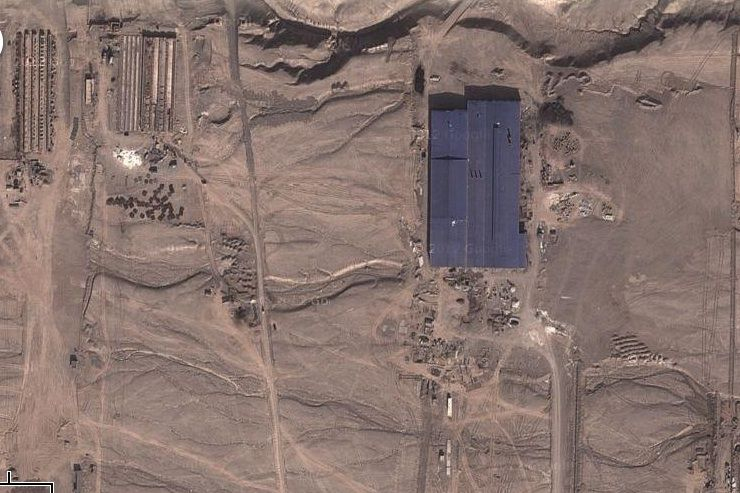News
New pyramids in Egypt and a lake of blood: the strangest finds on Google Earth
The Google Earth satellite imagery service, launched in 2005, has allowed us to look at the Earth from a perspective that no one has ever seen before. Now anyone can view the surface of our planet from satellites. Of course, this leads to extraordinary findings.
The Live Science publication told us about the most incredible discoveries made by users. Here are some of them.
An island on a lake on an island on a lake on an island, Philippines
This piece of land is located inside a crater lake on a volcanic island in the middle of Lake Taal on the Philippine island of Luzon. Something similar was later found in northern Canada, in areas where no one had likely set foot.
Undiscovered Egyptian pyramids
The masterpieces of ancient Egyptian architecture are still revealing their secrets, even though they have been studied for more than a century. But it seems that archaeologists have not yet discovered everything. Over the past five years, dozens of anomalies in Egypt have been discovered using Google Earth that may be unexcavated pyramids buried under the sands. Currently, there is a debate whether they are natural objects or artificial structures. Additional excavations are needed to find out, but the security and economic situation in Egypt has led to restrictions on such work.
A ghostly sand island near New Caledonia
In 2012, a group of Australian researchers spotted a mysterious object the size of Manhattan in the South Pacific. The mysterious place called Sand Island appeared on maps northwest of New Caledonia in Melanesia. On Google Earth, it looked like a black polygon. But when scientists sailed there in November 2012, they found open water instead of solid land. In April 2013, they published an explanation of how the phantom land could have appeared on the maps. The reason was called human error and, probably, a raft with pumice stone.
Pentagram in Kazakhstan
In a remote steppe region of Kazakhstan, a huge pentagram with a diameter of about 366 meters was found engraved. The five-pointed star inscribed in a circle is located on the southern shore of the Verkhnobolsk reservoir. Commentators suggested that this was the site of mysterious satanic rituals. In fact, it turned out to be a star-shaped park laid out in Soviet times. The figure is formed by tree-lined paths, which make it look so ominous from a bird's eye view.
Spiral installation "Breath of the Desert" in Egypt
At first glance, this figure in the Sahara sands near the Egyptian city of El Gouna on the Red Sea coast evokes associations with "alien drawings." In fact, it is an art installation called "Breath of the Desert" by sculptor Danaya Stratow, industrial designer Alexandra Stratow, and architect Stella Constantinides. In 2007, they opened the 100,000-square-meter facility, which consists of depressions and mounds.
Blood Lake in Sadr City, Iraq
Near the Iraqi city of Sadr, there is a small lake whose waters are blood red. Scientists still have no explanation for this phenomenon.
Polka dot pattern on the ground in the Grand Canyon, USA
A strange area near a volcano on the northern rim of the Grand Canyon has been called the "Throne of the Volcano". It looks like a polka-dot fabric. However, those who "painted" the ground in such a way were identified quite quickly. They turned out to be red ants. They can create nests with a diameter of about 120 centimeters, around which a bare area of up to 10 square meters is formed. The theory still needs to be tested, but these creatures do live in the area.
Aircraft cemetery at a desert air base in Arizona, USA
Davis-Monthan Air Force Base in Tucson, Arizona, is a burial site for American military aircraft. Its area is more than 10 square kilometers. Almost all models of aircraft from the Second World War - from the B-52 StratoFortress to the F-14 Tomcat - are buried here. You can see this object from the ground in the video by Tom Petty and the Heartbreakers for the song Learning to Fly.
The word "Hamad" in the middle of the desert in the United Arab Emirates
The giant word carved into the sandy surface of Al Futaisi Island near Abu Dhabi is the name of Hamad bin Hamdan Al Nahyan, a billionaire sheikh and member of the ruling family. He is the owner of this island. The letters that form the inscription are over 1.5 km high and over 3 km long. It is probably the largest man-made inscription in the world. It can be seen from space, and the desert is not able to carry such an object with the sands.
Secret "military base" near Kashgar in China
A mysterious set of satellite images found on Google Earth once caused quite a stir. The former CIA analyst who spotted them told Wired about them. He discovered the structures in the desert around Kashgar, a city in the Chinese province of Xinjiang. The province is known for being a giant concentration camp for the Uighur people. They live there under round-the-clock state control and suffer terrible oppression. However, further analysis by ecologist and geospatial blogger Stefan Gins, who spent several months in this part of China, showed that the site was most likely part of a large manufacturing or economic center.
Subscribe to the OBOZ.UA channels in Telegram and Viber to keep up with the latest events.







